Bibio or Bibiones (Bibio spp.): [Concept, Detection, Effects and Treatment]
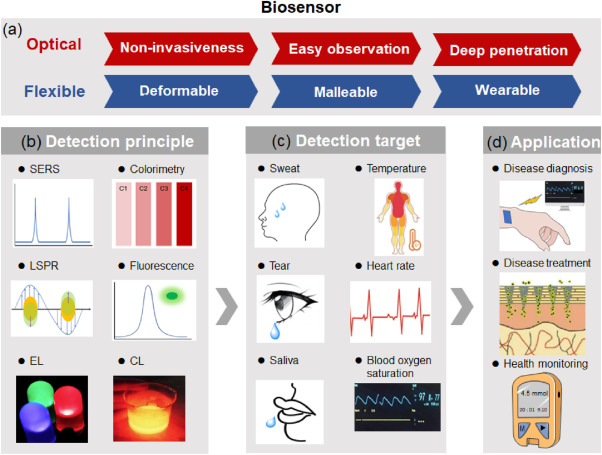
What are bibio or bibiones (bibio spp.)?
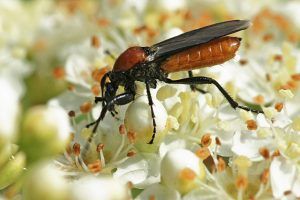 The so-called Bibio are also known as March flies. With the scientific name Bibio hortulanus, they are dipterans capable of reproducing among rotting leaves, in the midst of decomposing plant remains and for this reason they are also considered scavengers.
The so-called Bibio are also known as March flies. With the scientific name Bibio hortulanus, they are dipterans capable of reproducing among rotting leaves, in the midst of decomposing plant remains and for this reason they are also considered scavengers.
They belong to the Bibionidae family, which has around 700 species around the globe.They are herbivorous scavenger flies, because they take advantage of the remains of plant materials in the process of decomposition.
Like all species of flies, they feed on decomposing waste with the help of a digestive process where they regurgitate saliva to make the rotting organic matter go from solid to liquid and thus be able to absorb it through a very efficient suction system.
Forests are usually the preferred habitat of this flying species. They also like very much to occupy flowering crops, hedges and meadows.It is currently achieved in most of the European geography, in countries such as France, Belgium, Denmark, Germany, Greece, Italy, Poland, Portugal, among others.
And it has also reached Africa, with an active presence in the northern part and in the Middle East.They do not exist in Oceania, but they do make themselves felt in the Australasia area.They are more abundant in temperate regions. Currently, about 90 species have been identified and classified.
How to identify the bibio or bibiones (bibio spp.)?
Among the most outstanding characteristics both at the morphological level and life habits, we have:
- Adult specimens can have a maximum length of between 6.5-8.5 millimeters.
- It is a species with sexual dimorphism.
- The males are totally black, smaller than the females, with a thorax covered with black hairs and other gray hairs next to the breasts and abdomen.
- The wings are membranous, whitish and long, about 9.5 mm.
- They have a blackish-brown head, trunk, and palps, and black legs and halters.
- The eyes stand out, they are quite large, but in female specimens they are usually smaller, with short and robust antennae that go below the eyes.
- Females have a reddish-orange coloration on the dorsal surface of the thorax and abdomen, but the prothorax region is black, which highlights the contrast, since the head, antennae and palpus are also black.
- The wings in the females are brownish yellow, with a dark brown costa.
- Its larvae feed on vegetable detritus and are capable of attacking the roots, as well as tubers and tender bulbs and rhizome systems in orchards, of different varieties of live plants, but they never do the same with compost.
- They live in the soil, feeding on humus. But the older or older larvae like to eat dead leaves and roots of Poaceae, causing great damage, for example to cereal crops.
- Adults appear in the middle of the month from March to June. And they like it a lot right now, feeding on Apiaceae flowers.
- They prefer moist soils, rich in humus, manure and organic matter in general.
What plants are affected by bibio or bibiones (bibio spp.)?
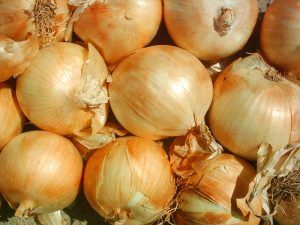 Although this variety of fly is fundamentally addicted to vegetable residues or detritus, in the larval stage they can generate economic losses when their food voracity becomes aggressive and they act as a pest, ruining crops, because they destroy roots and tubers.
Although this variety of fly is fundamentally addicted to vegetable residues or detritus, in the larval stage they can generate economic losses when their food voracity becomes aggressive and they act as a pest, ruining crops, because they destroy roots and tubers.
Fundamentally, they cause serious damage to asparagus, cereals,potatoes,tomatoes,onions, in short, many horticultural crops, as well as ornamental plants and varieties of grasses.
Most species probably breed on rotting leaves and other decaying vegetation, mainly in forests. Adults of this Bibio species are usually found hovering above mating swarms, sometimes many in number.
Normally, it is not necessary to treat this pest, because its damage is not considerable. But you can’t lose sight of it either.
How to combat bibio or bibiones (bibio spp.)?
Assuming some simple practices are the best prevention against the proliferation of larvae and bottle flies.
Elimination of plant debris
Undoubtedly, the best way to prevent them from becoming a tormenting pest is to keep all crops free of plant debris, of remains of organic matter that will attract the attention of this dipteran with a very good appetite.
Aerate and clean the land before cultivating
The land, likewise, must be cleaned and fertilized beforehand, but a good insecticide of organic origin can also be added, preferably, as a protection measure to ward off and combat all the bugs that hide, when the land is being prepared.
A good plow will also be of great benefit to oxygenate the land and guarantee healthy crops.
Clean the crop of weeds
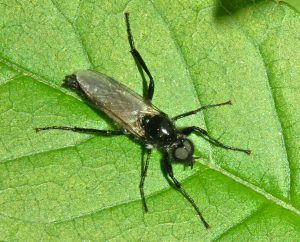 It is also not recommended to let weeds grow in the crop, nor in gardens, because they will appear.
It is also not recommended to let weeds grow in the crop, nor in gardens, because they will appear.
Under normal conditions, the Bibio are of great support in the fertilization processes of the plants, so they should never be fought to the death, unless their larvae become a plague of great persistence, which can happen with bad prognosis crop support.
Generally speaking, they are not fought. Nor is it convenient to exterminate them if they have not assumed invasive behavior, because they intervene in the fertilization of many varieties of plants. But its larvae should never be underestimated, of a great destructive voracity if they are allowed to act at will.
What are the best products against bibio or bibions (bibio spp.)?
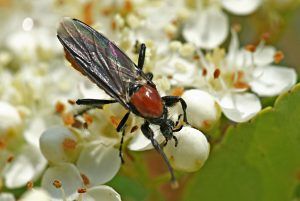 Generally speaking, they are not fought. Nor is it convenient to exterminate them if they have not assumed invasive behavior, because they intervene in the fertilization of many varieties of plants.
Generally speaking, they are not fought. Nor is it convenient to exterminate them if they have not assumed invasive behavior, because they intervene in the fertilization of many varieties of plants.
But its larvae should never be underestimated, of a great destructive voracity if they are allowed to act at will.What you do have to have are easy-to-follow habits, such as the following:
- Periodically check the orchard and the garden, the crops and the houses, in order to prevent them from proliferating and making hiding places.
- It is necessary to have excellent hygiene in the garden and inside the house, avoiding as far as possible the accumulation of garbage, remains of organic matter.
- Do prophylaxis, prevention with the help of chemical-based treatments and organic products that scare away flies and all sorts of bugs.

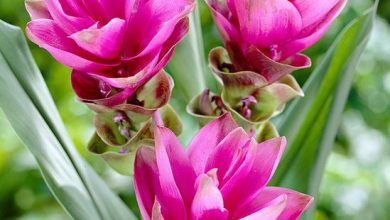
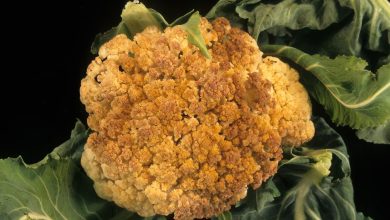
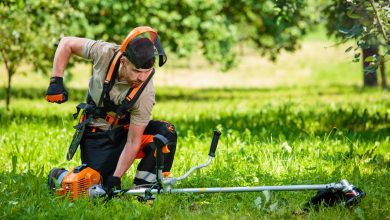
![Photo of Deciduous Forest: [Concept, Characteristics, Fauna and Flora]](https://www.complete-gardening.com/wp-content/uploads/2022/08/deciduous-forest-concept-characteristics-fauna-and-flora-390x220.jpg)